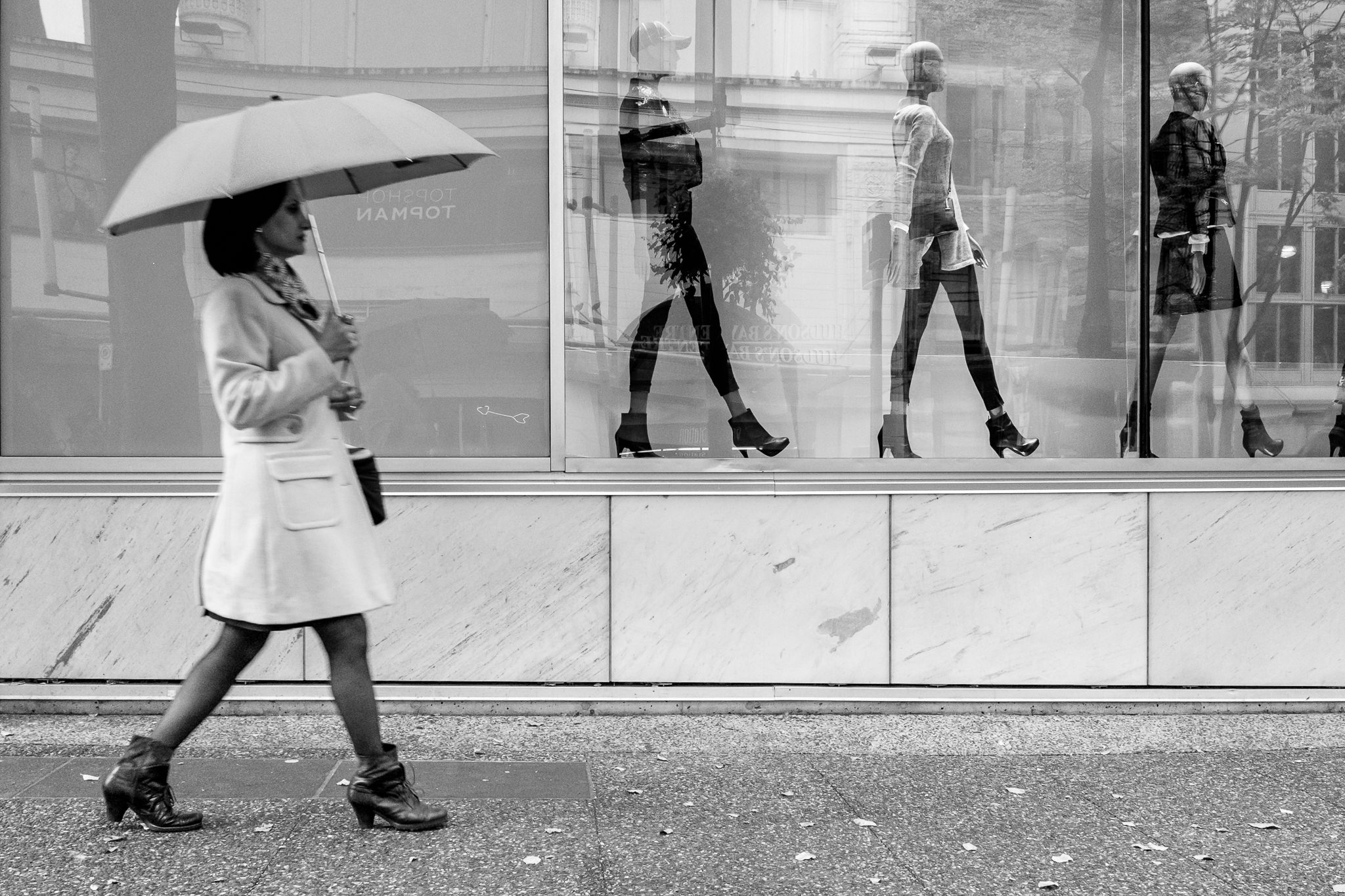The 5-Minute Rule for Framing Streets
Everything about Framing Streets
Table of ContentsAn Unbiased View of Framing StreetsEverything about Framing StreetsRumored Buzz on Framing Streets10 Simple Techniques For Framing Streets

Both at the Gallery of Modern Art (Mo, MA). Inspired by Frank, in the 1960s Garry Winogrand, Lee Friedlander and Joel Meyerowitz started photographing on the streets of New york city. Phil Coomes, composing for BBC News in 2013, claimed "For those people curious about street digital photography there are a few names that stand apart and among those is Garry Winogrand"; movie critic Sean O'Hagan, writing in in 2014, claimed "In the 1960s and 70s, he specified road digital photography as a perspective along with a style and it has actually laboured in his shadow since, so definitive are his pictures of New York." Going back to the UK in 1965 from the US where he had satisfied Winogrand and taken on road photography, Tony Ray-Jones transformed a wry eye on usually unique groupings of British people on their vacations or taking part in festivals.
Road photography is a large category that can be defined in numerous methods, however it is often defined by the spontaneous recording of an unrepeatable, fleeting moment, commonly of the everyday going-ons of unfamiliar people. It is classically fired with wider angle lenses (e. g. 35mm) and typically includes metropolitan settings.
All About Framing Streets
Documentary digital photographers typically have a specified, conscious message and an objective to tape-record particular occasions in background (https://fl-miami.cataloxy.us/firms/framingstreets.com.htm). The gamut of the documentary approach incorporates elements of journalism, art, education, sociology and history. In social investigation, documentary photos are typically meant to prompt, or to highlight the demand for, social adjustment
Street photography is generally seen as unposed and honest, but there are a few road professional photographers who interact with unfamiliar people on the roads and take their pictures. Road pictures are unintended portraits taken of unfamiliar people while out doing road photography, however they are viewed as postured since there is communication with the topic.
Photographing people and locations in public is legal in many nations safeguarding freedom of expression and journalistic freedom. There are usually limits on just how images of people may be used and most nations have details regulations regarding individuals's privacy.
Some Known Facts About Framing Streets.
Of liberty of expression. While additionally restricting photography in order to protect personal privacy rights, street digital photography can still be lawful in France when gone after as an art kind under specific scenarios.

. who simply roamed into a scene), or that are not even recognizable in the image. https://yoomark.com/content/street-photography-presets-adobe-lightroom-cc-timeless-journey. It additionally does not generally expand to people who are somebodies (e. g - photography presets. political leaders or celebs). If a photo is considered art, the courts will certainly likewise think about the photographer's liberty of creative expression; indicating that "artful" street digital photography can still be lawfully released in specific cases
Things about Framing Streets
In Greece the right to take photos and release them or sell licensing legal rights over them as great art or editorial content is secured by the Constitution of Greece (Post 14 and other short articles) and cost-free speech laws in addition to by instance regulation and legal situations. Photographing the authorities and releasing the photographs is likewise lawful.
In Hungary, from 15 March 2014 any person taking pictures is practically damaging the law if somebody wanders into shot, under a new civil code that bans taking photos without the permission of everyone in the photo - copyright Camera. This broadens the law on authorization to consist of the taking of photos, along with their magazine
'Surprise photography' (kakushidori hidden, surreptitious photography) 'swiped digital photography' (nusumitori without any intention of getting approval) and "fast photography' (hayayori prior to consent and rejection can be provided) are forbidden unless Street photography hashtags in the previous permission is gotten from the subject right away after taking the photo. People have rights to their photos (shzken, droit de image).